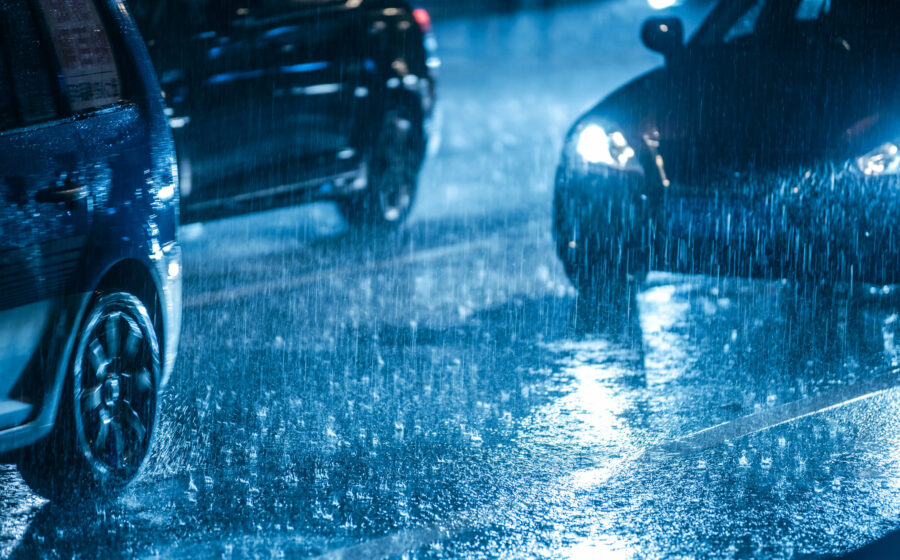Driving Safety Tips for Heavy Rain and Floods
Driving in heavy rain and floods can be extremely dangerous if you’re not prepared. Every year, accidents and fatalities occur because drivers underestimate the risks of wet roads and flooded streets. To keep yourself and others safe, it’s crucial to know how to navigate these hazardous conditions. In this guide, we’ll cover essential driving safety tips for heavy rain and floods to help you stay in control and prevent accidents.
Why Driving in Heavy Rain and Floods is Risky
Rain can reduce visibility, make roads slippery, and increase stopping distances. When floods occur, the risks multiply because even a shallow amount of moving water can sweep a car away. According to the National Weather Service, just 12 inches of rushing water can carry away a small car, while 24 inches can move larger vehicles.
How to Drive Safely in Heavy Rain
1. Slow Down and Increase Following Distance
Speeding on wet roads significantly increases the risk of hydroplaning. Reduce your speed and maintain a safe distance from the vehicle in front of you – at least double the usual gap.
2. Turn On Headlights, But Avoid High Beams
Using headlights improves your visibility and ensures other drivers can see you. However, avoid high beams, as they can reflect off the rain and create glare.
3. Check Your Tires and Wipers
Worn-out tires reduce traction on wet roads, increasing the chance of slipping. Ensure your tires have enough tread and are properly inflated. Also, make sure your windshield wipers are working properly for clear visibility.
4. Avoid Sudden Movements
Braking or turning abruptly can cause skidding. Instead, apply brakes gently and steer smoothly to maintain control of your vehicle.
How to Stay Safe When Facing Flooded Roads
1. Turn Around, Don’t Drown
If you see a flooded road, do not attempt to drive through it, no matter how shallow it seems. Water can hide sinkholes or sweep your car away. The Federal Emergency Management Agency (FEMA) advises turning around instead of taking the risk.
2. Understand the Risks of Hydroplaning
Hydroplaning occurs when your tires lose contact with the road due to water buildup, causing loss of control. If you start hydroplaning, ease off the gas and steer steadily in the direction you want to go—do not brake suddenly.
3. Avoid Bridges and Underpasses
Low-lying areas like underpasses collect water quickly, and bridges may become slippery. If possible, seek alternate routes to avoid these hazards.
4. If Water Starts to Rise, Get Out
If trapped in rising floodwaters, exit the vehicle immediately and move to higher ground. Vehicles can float in just a few inches of water, putting you in life-threatening danger.
Essential Emergency Kit for Rainy Weather
Keeping an emergency kit in your car is a smart precaution. Your kit should include:
- Flashlight and extra batteries
- First-aid kit
- Non-perishable snacks
- Blanket and extra clothes
- Phone charger
- Reflective triangles or flares
Final Thoughts: Stay Safe on the Roads
Driving in heavy rain and floods demands extra caution and awareness. Always prioritize safety over haste, and be proactive in avoiding dangerous situations. Remember, no destination is worth the risk of driving through hazardous weather.
For more expert safety tips and the latest transportation news, be sure to check out Zexnews.
“`





